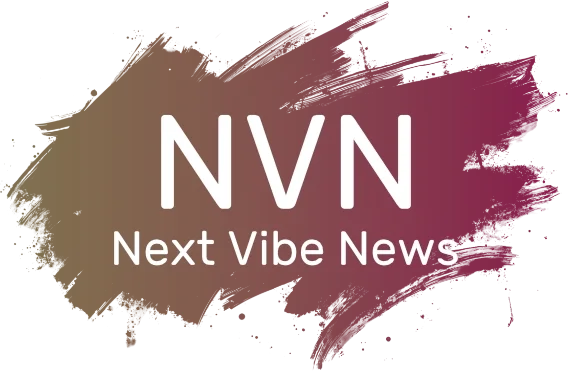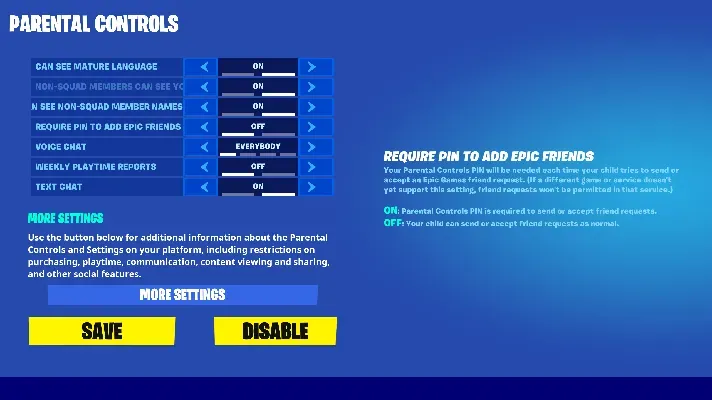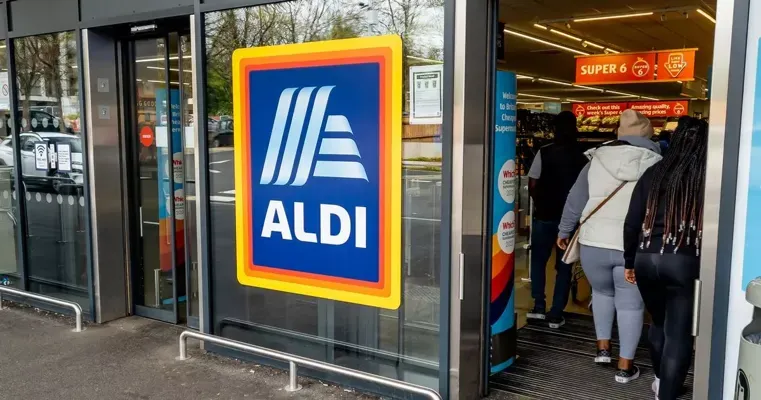Tapestry revenue growth has emerged as a significant focal point in the fashion industry, particularly as it relates to the thriving Coach brand. In an era where the luxury handbag market is ever-competitive, Tapestry has skillfully navigated challenges, achieving impressive double-digit sales increases. The company’s financial strategy, outlined during its latest earnings report, showcases a robust 10% growth amid rising prices and an expanding customer base, particularly among Gen Z consumers. This strategic approach not only highlights Tapestry’s successful international expansion but also underscores its adaptability to evolving consumer trends. With heightened marketing efforts, Coach is effectively repositioning itself in a crowded marketplace, capturing the attention of millions of new customers while maintaining brand prestige.
Exploring the impressive surge in Tapestry’s financial performance reveals a dynamic interplay of strategic decisions and market insights. The recent growth figures for Tapestry demonstrate a profound impact on its flagship Coach label, signaling a rebound in the luxury accessories sector. As the company taps into the desires of the younger generation, including the influential Gen Z, its approach to marketing and product pricing reflects a commitment to resonate with the modern consumer. Additionally, Tapestry’s ongoing international ventures bolster its presence in key markets worldwide, thereby solidifying its standing amidst fierce competition. This evolution is not just about numbers; it embodies a shift in how brands engage with customers, cultivating loyalty while adapting to shifting consumer dynamics.
Tapestry Revenue Growth: A Stronger Future for Coach
Tapestry’s financial strategy, particularly its approach to revenue growth, has proven effective for its flagship brand, Coach. The impressive 10% increase in revenue during fiscal 2025 highlights a successful blend of premium pricing and customer acquisition, especially among Gen Z and millennials. With more than 4.6 million new customers added, Coach has effectively tapped into the desires of younger shoppers. This trend signifies not just a financial win, but a clear alignment of the brand with evolving consumer preferences in the luxury handbag market.
To maintain its trajectory towards $10 billion in revenue by 2028, Tapestry understands the critical importance of sustaining this momentum. Coach’s strategy of pivoting away from blanket promotions towards more personalized marketing echoes the need for a refined financial approach. By strategically investing in storytelling over simple product advertisements, the brand not only enhances customer engagement but also nurtures loyalty. As demonstrated by the performance of icon products, such as the Tabby bag, Tapestry’s efforts underline a broader narrative of quality over quantity in its marketing ethos.
Innovative Financial Strategies Underpinning Tapestry’s Success
Tapestry’s innovative financial strategies hinge on an understanding of customer behavior and market dynamics. CFO Scott Roe’s insights into consumer deselection illustrate how brands can avoid pitfalls by refining their offerings and marketing strategies. The distinction between effective pricing strategies and discounting shows a clear intent to cultivate brand value while expanding its reach. This nuanced understanding of the luxury handbag market has allowed Coach to thrive amidst stiff competition, further enhancing Tapestry’s overall financial performance.
Moreover, Tapestry’s commitment to leveraging cutting-edge technology plays a significant role in its financial strategies. By deploying Amazon’s AWS Bedrock for data analytics, the company significantly accelerates product development based on customer feedback. This proactive approach minimizes potential pitfalls in product offerings, ensuring that new collections continually resonate with consumer expectations. By embracing technology, Tapestry not only reinforces its financial stability but also positions itself as a forward-thinking player in the global accessories market.
Exploring Gen Z Consumer Trends: Embracing the Next Generation of Shoppers
As Tapestry navigates the evolving luxury market landscape, understanding Gen Z consumer trends is essential to its growth strategy. This generation seeks authenticity and brand alignment with their values, making tailored marketing initiatives imperative for brands like Coach. Winning over Gen Z involves more than simply offering products; it requires brands to engage in meaningful narratives that resonate with their lifestyle choices and aspirations.
Coach’s recent marketing initiatives focus on storytelling that encapsulates confidence and self-expression, aligning perfectly with Gen Z’s aspirations. By shunning traditional sales tactics and instead building an authentic relationship with its audience, Tapestry showcases its adaptability and foresight. This strategic pivot will not only attract young consumers but also ensure long-term brand loyalty as they transition into the luxury space.
Tapestry’s International Expansion Strategy: Capturing Global Market Opportunities
Tapestry’s international expansion is a key focus area as it aims to diversify its revenue streams beyond North America. Coach’s growth trajectory in Europe has shown remarkable potential, bolstered by effective positioning on platforms like Zalando which resonate with younger demographics. This strategy highlights the brand’s astute understanding of market preferences and consumer behavior in different regions.
In addition to its European growth, Tapestry has identified underpenetrated markets like tier-three and tier-four cities in China as vital opportunities for expansion. With a clear strategy to transition consumers from traditional apparel to luxury handbags during significant life stages, Tapestry is poised for robust international growth. This approach not only enhances its global footprint but also aligns with the company’s goals of reaching a wider consumer base while increasing overall brand visibility.
Balancing Act: Managing Risk in Tapestry’s Financial Strategy
Amidst the ambitious targets set for revenue growth, Tapestry faces significant risks associated with its reliance on a limited number of handbag icons. Fashion cycles can be unpredictable, and a sudden shift in consumer preferences could adversely affect sales. Additionally, new tariffs from recent policy changes highlight the vulnerabilities within the supply chain, pushing Tapestry to adapt swiftly to avoid financial setbacks.
To counter these challenges, Tapestry must carefully balance its brand positioning in the market. By focusing on fewer but more meaningful product drops while navigating pricing strategies, the brand can ensure it remains relevant without succumbing to discount-driven perceptions. This careful balancing act is essential to maintain consumer interest and manage the inherent risks within a rapidly changing luxury landscape.
Frequently Asked Questions
How is Tapestry’s revenue growth influenced by the Coach brand marketing strategy?
Tapestry’s revenue growth is significantly bolstered by Coach’s strategic marketing initiatives. By tripling its marketing investment to approximately 11% of sales, Tapestry has shifted from traditional performance-driven ads to compelling brand storytelling. This approach resonates well with consumers, particularly younger generations, and has helped Coach grow its customer base while also achieving double-digit sales growth.
What role do Gen Z consumer trends play in Tapestry’s revenue growth?
Gen Z consumer trends are pivotal in Tapestry’s revenue growth, with about 70% of the 4.6 million new customers acquired by Coach in fiscal 2025 belonging to this demographic. Tapestry’s commitment to understanding and meeting the preferences of Gen Z plays a essential role in establishing brand loyalty and driving sales through innovative marketing and product offerings that align with their values.
How does Tapestry plan to achieve $10 billion in revenue by 2028?
To achieve its ambitious target of $10 billion in revenue by 2028, Tapestry is focusing on international expansion, increasing customer base, and maintaining profitability through its luxury brand strategy. Investments in data-driven marketing, along with an enhanced presence in emerging markets, especially among Gen Z, are crucial elements of this financial strategy.
What is Tapestry’s strategy for international expansion and its impact on revenue growth?
Tapestry’s international expansion strategy involves significantly increasing the number of Coach stores worldwide—from around 900 to over 1,100 by 2028. This expansion aims to tap into lucrative markets in Europe and China, where demand is rising among younger consumers, ultimately contributing to substantial revenue growth for Tapestry.
How has Tapestry’s approach to pricing contributed to its revenue growth?
Tapestry has adopted a strategic pricing model that includes mid-teen percentage increases in handbag prices, which has been fundamental to its revenue growth. This approach ensures that Coach products maintain a luxury perception, thus appealing to consumers willing to pay more, while also safeguarding profit margins amidst rising consumer demand.
In what ways does Tapestry utilize technology to support its revenue growth strategies?
Tapestry employs advanced technology like AWS Bedrock and partnerships with firms such as Lily AI to enhance customer insights and tailor its product offerings. By leveraging data analytics, Tapestry can optimize inventory, streamline communications, and refine marketing messages, which collectively support its revenue growth strategies.
What risks does Tapestry face in maintaining revenue growth in the luxury handbag market?
Despite its current success, Tapestry faces risks including heavy reliance on key handbag models, potential shifts in consumer tastes, and rising tariffs impacting imports. Such external pressures can challenge profitability and impede Tapestry’s revenue growth trajectory unless adequately managed.
How does Tapestry balance brand exclusivity with the need for revenue growth?
Tapestry balances brand exclusivity with revenue growth through a strategy of ‘deselection’, which emphasizes less frequent but meaningful interactions with consumers. This careful approach avoids overexposure while fostering loyalty, ensuring that Coach remains relevant to its customer base without diluting its luxury brand status.
| Key Aspect | Details |
|---|---|
| Revenue Growth | 10% increase in revenue for Coach in fiscal 2025. |
| Customer Acquisition | 4.6 million new customers in North America, with 70% being Gen Z and millennials. |
| Operating Margin | 31% operating margin achieved by Coach. |
| Strategic Focus | Focus on selective marketing rather than promotional blasts. Targeting customer engagement meaningfully. |
| Technological Innovation | Deployment of AWS Bedrock and partnership with Lily AI for improved product feedback and customer engagement. |
| International Expansion | Plans to increase store count globally from 900 to over 1,100 by 2028, focusing on Europe and tier-three cities in China. |
| Brand Positioning | Shifting campaigns from performance-driven ads to brand storytelling to resonate with consumers. |
| Risks | Dependence on a few key handbag models and potential tariff impacts due to policy changes. |
Summary
Tapestry revenue growth is a testament to the company’s strategic vision and resilience in a competitive market. By successfully increasing sales, expanding its customer base, and adapting to changing market dynamics, Tapestry, through its Coach brand, exemplifies how targeted strategies can lead to sustained financial performance. As they continue to navigate risks and pursue growth, Tapestry’s focus on understanding consumer preferences and creating value will be crucial in maintaining its upward trajectory.



























